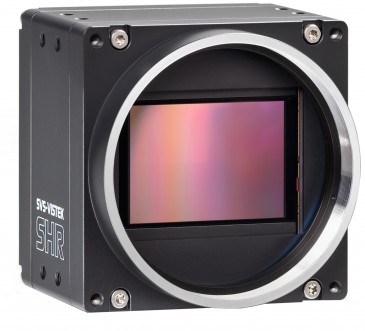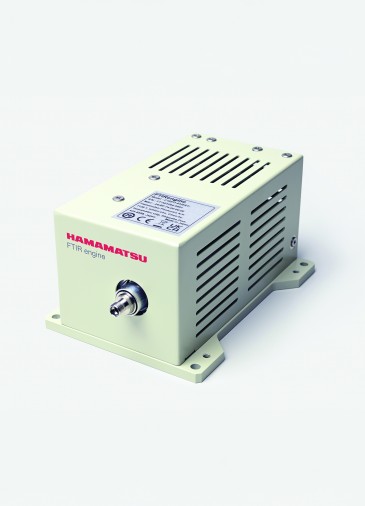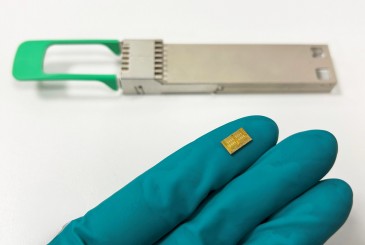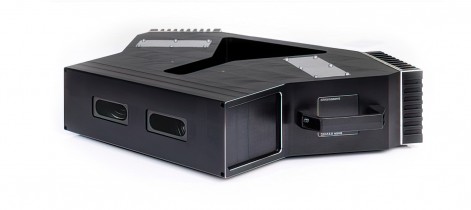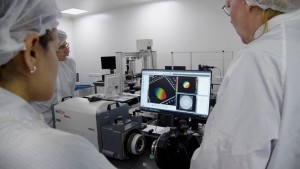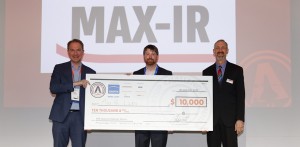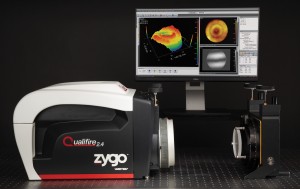
CIMCON, a global provider of smart city technologies, today announced that Spencer, Massachusetts (US), a town of approximately 12,000 people, is planning to add road condition monitoring as part of its recent LED streetlight conversion project. Town officials are undertaking this initiative to improve driver safety, meet state environmental guidelines, and reduce costs associated with ineffective road monitoring and maintenance.
Spencer, originally an agricultural and mill community, has an aging population for whom road safety is a priority, especially during the winter months. Using the funds remaining from a grant and incentives received from the Massachusetts Area Planning Council (MAPC) and National Grid respectively, to convert their streetlights, the town selected CIMCON's NearSky smart city platform with road condition monitoring application to improve public safety.
At the start of the project, the town identified four areas that experience the first occurrences of freezing during inclement weather. Two areas are along a causeway that runs beside the Stiles Reservoir and Cranberry Meadow Pond, and the other two are in the northern section of the town, where the elevation is higher and the temperature is typically five degrees lower than the town center. The town will monitor two additional areas for comparison purposes. Real-time data from road temperature sensors will be relayed back to the town's Highway Department via CIMCON's smart city platform NearSky, so that preventive measures may be taken.
The data obtained from the StreetVibe software will allow the town to monitor the road temperature and treat surfaces before hazardous road conditions can occur. Not only will this make the roads safer, but it will also allow the town to use less road salt, thereby helping it to achieve its high phosphorus reduction goals as part of its participation in the National Pollution Discharge Elimination Program.
The implementation of CIMCON's NearSky platform will also have a positive impact on the town's finances. Highway Superintendent Krukowski estimates that the platform will pay for itself within four years through savings on road salt and reduced equipment wear and tear. The system is expected to be fully deployed by May.









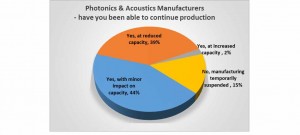

























 Back to News
Back to News



